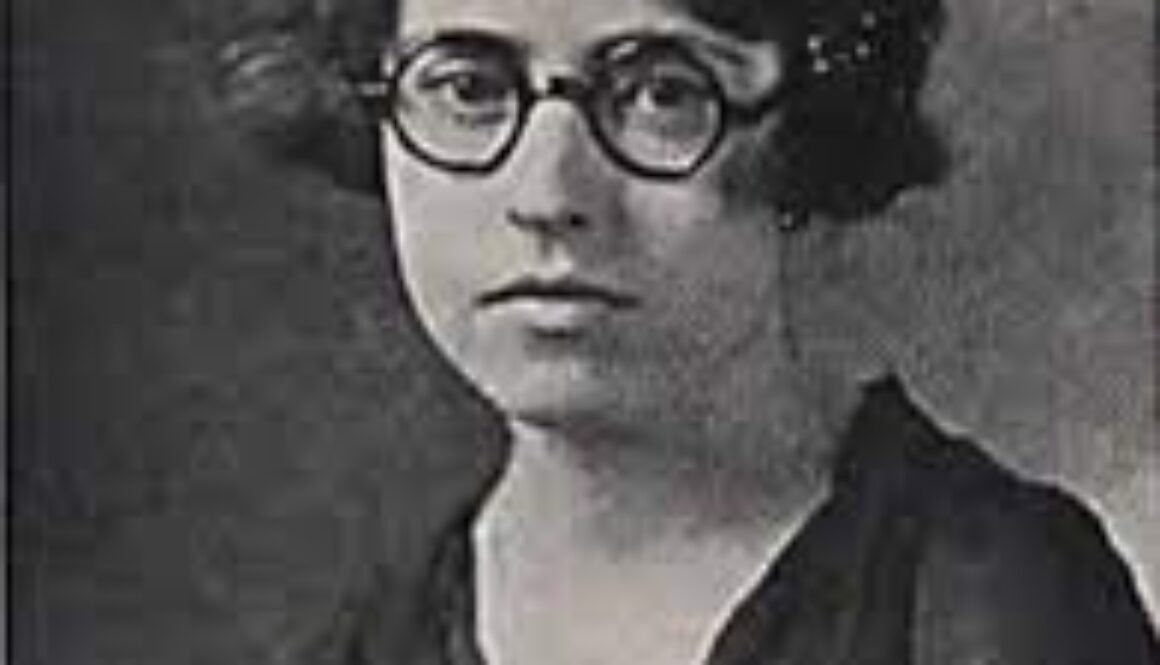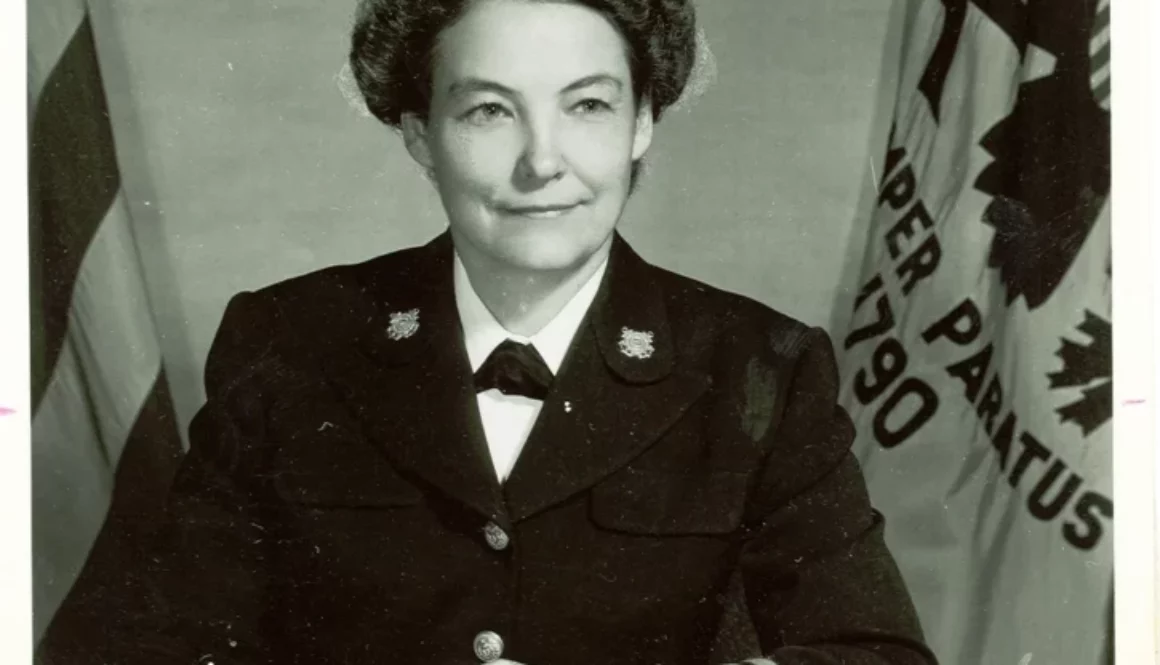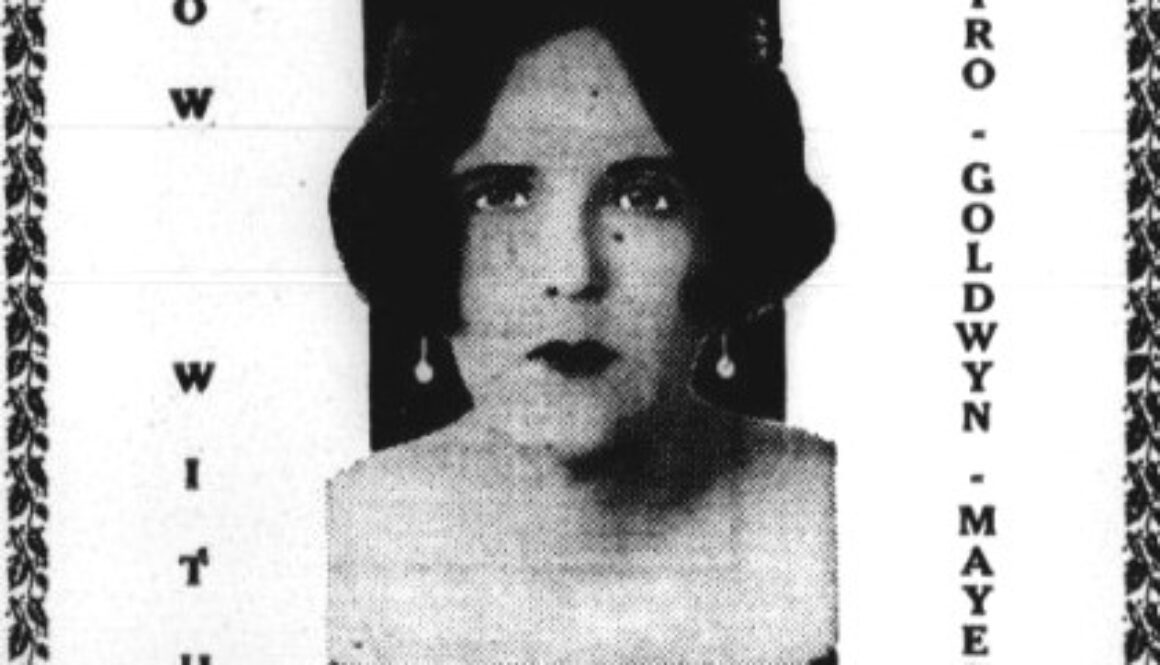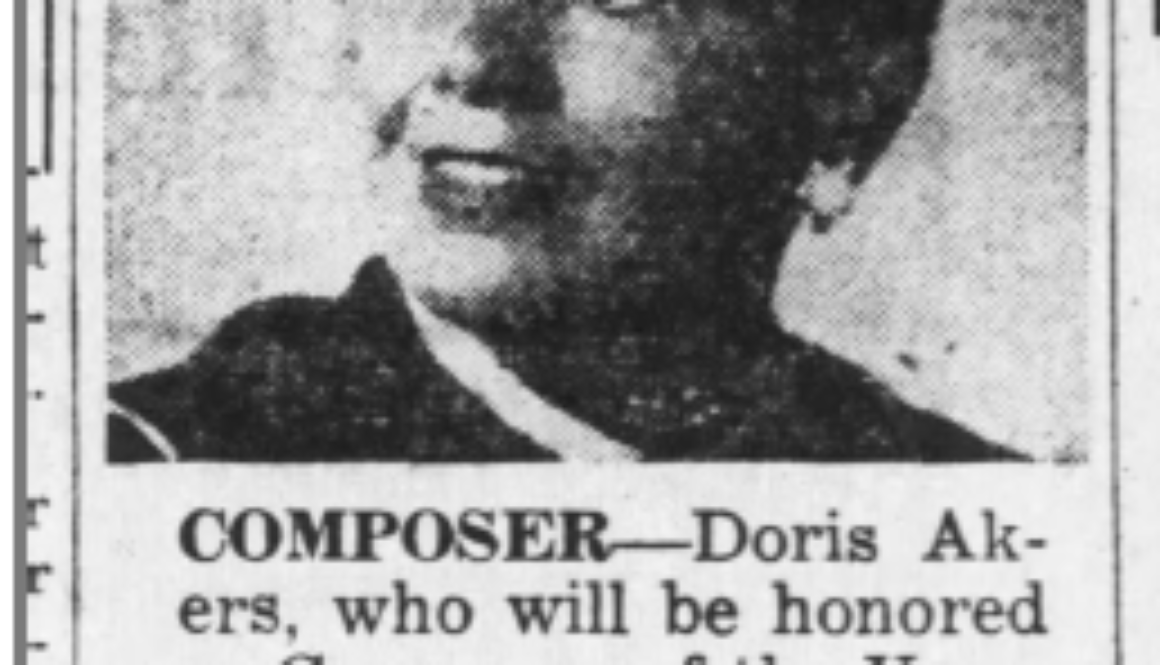MAKING HISTORY: Irene Barnes Taeuber, Demographer
 The historical record for Linn County, Missouri has a rich, deep heritage. From unique architecture for small, rural communities to the astounding people, there is great significance in what the people of this small Missouri county have done. Another such person, another contributor to the greater good, was Irene Barnes Taeuber, a famous demographer.
The historical record for Linn County, Missouri has a rich, deep heritage. From unique architecture for small, rural communities to the astounding people, there is great significance in what the people of this small Missouri county have done. Another such person, another contributor to the greater good, was Irene Barnes Taeuber, a famous demographer.
According to Ancestry.com information, her obituary, and the Britannica site about her and her husband Conrad, Irene was born December 25, 1906, in Meadville. She graduated from the University of Missouri in 1927. A year later, she earned a master’s degree in anthropology from Northwestern University in 1928, followed by a doctorate in sociology from the University of Minnesota in 1931. In 1929, while still a student, she married Conrad Taeuber who worked in the same field as Irene.
Irene became a world-renowned American demographer, a person who analyzes the populations of certain areas, like cities, states, countries, and regions. In fact, her scholarly work is credited with helping to establish the science of demography, or the statistical study of populations. She and Conrad often wrote together and co-authored two publications considered standard works in the field (Britannica).
Shortly after graduating with her doctorate in 1931, Irene took a faculty position at Mount Holyoke College. Because her husband joined the Federal Emergency Relief Administration (the first relief program under the New Deal—Franklin Delano Roosevelt’s plan intended to ease unemployment issues by creating unskilled jobs at the local and state level) they moved to Washington DC so her husband could pursue his job.
She joined the Office of Population Research at Princeton shortly after it opened in 1936 and quickly became the first editor of the journal Population Index, staying in that capacity from 1936 to 1954. There is a discrepancy here, though. While her “Obituary” indicates she was in that role until 1954; her Britannica page says she was a research associate until 1961, then the senior research demographer from 1962-1974, the year of her death.
She began working on the journal Population Index of the Population Association of America. When its editor Frank Lorimer left the posi tion in 1935, the journal moved to the Office of Population Research at Princeton University, where it became Population Index, and she moved with it. She was initially a research associate there (part-time while her children were young), and was promoted to senior research demographer in 1961; she retired in 1973 (“Obituary”).
tion in 1935, the journal moved to the Office of Population Research at Princeton University, where it became Population Index, and she moved with it. She was initially a research associate there (part-time while her children were young), and was promoted to senior research demographer in 1961; she retired in 1973 (“Obituary”).
Her specialty was in Pacific Rim/Asian countries. As early as 1947, she and colleagues asserted that the birthrate of 45 per 1000 per year combined with the excessively high death rate (“39 persons out of 1,000 dying per year”) meant that a famine in China due to not enough people to harvest rice would be disastrous (Wisconsin Rapids Daily Tribune, 1947).
Fifteen years later, the Star Tribune (1962) cited Taeuber as indicating that the “greatest of many danger spots in the world population of the coming century is the long, fortified, and already vacated frontier zone that separates the Asian Peoples of the southern portion of the geographic continent of Asia from the European peoples of the northern portion of the continent.” In this, she was talking specifically about China’s population growth being an issue for Russia. Taeuber also predicted that China’s population would be at least 4 billion by 2000 (The Newark Advocate, 1962); the population was actually around 1.26 billion in 2000.
In 1965, she amended her assessment and argued that China’s immense population growth could mean they would have a 1-billion-person population by 1980 (The Frederick Post, 1965); it was at 932 million that year. That same year, Taeuber was asked about the world’s land availability and the possibility of there not being enough arable land; she responded that there “are no immediate solutions to population growth, nor can there be any” (Corpus Christi Times; 1965).
The next year, she argued that in Asian “countries the growth of population will be too fast to permit the economic advance with experience has shown leads to lower birth rates” adding that productivity is low, education is minimal, and hunger is prevalent (Jefferson City Post-Tribune, 1966). In 1970, Taeuber admitted that the work pertaining to China’s population is “All of it is guessing. We will have to go on guessing until the Chinese choose to tell us what the situation really is.” This guessing is because China had stopped publishing any meaningful statistics during Mao Tse-Tung’s rule (Las Cruces Sun-News; 1970). Her population warnings extended to the world, too. Taeuber described the world’s population increase “is so awesome as to seem surreal” due to the decline in the deathrate and increase in global birthrates (Florence Morning News, 1966).
She also weighed in on “The Great Migration” of African Americans to urban centers. In 1958, she indicated that “the next major integration victory for Negroes will come in the field of housing in the large American cities” and the same time the mass exodus from southern farmland to urban areas will end (Syracuse Herald Journal, 1958; Chronicle Telegram, 1959).
She died on February 24, 1974, of pneumonia and emphysema.
Beyond her contributions to the study of populations, Taeuber’s obituary indicates that she wrote and edited “a dozen influential books and book-length reports and some 250 articles and chapters.” Her most significant work was the nearly 500-page book The Population of Japan (Princeton University Press, 1958), which “demonstrates the power of demographic analysis … as an instrument for the description of social change.”
Taeuber was also elected as a Fellow by the several statistics organizations, including the American Statistical Association (1960) (“List of ASA Fellows”, 2016), which also gives out the Irene B. Taeuber Award for research achievements in population studies. Additionally, she was awarded two honorary doctorates, one by Smith College in 1960, and another by Western College for Women in 1965 (“Obituary”).
This blog is a reproduction of my column found in The Linn County Leader (Missouri). No part of this article can be reproduced without the expressed written permission of the author.












 historic and potentially historic properties find their place on the
historic and potentially historic properties find their place on the  I do see what Walt saw in and loved about this rural community. I saw the same growing up in northern Michigan. I saw it when I was in the Army serving with people from rural communities. I see it in every small to medium city I’ve visited, from my current city of Muncie, Indiana, to
I do see what Walt saw in and loved about this rural community. I saw the same growing up in northern Michigan. I saw it when I was in the Army serving with people from rural communities. I see it in every small to medium city I’ve visited, from my current city of Muncie, Indiana, to